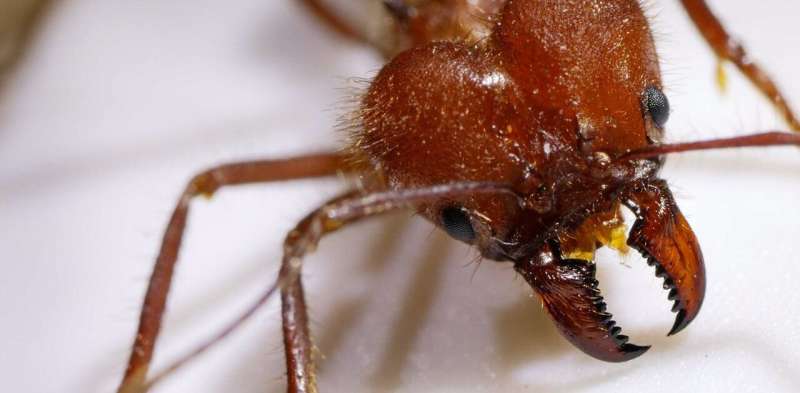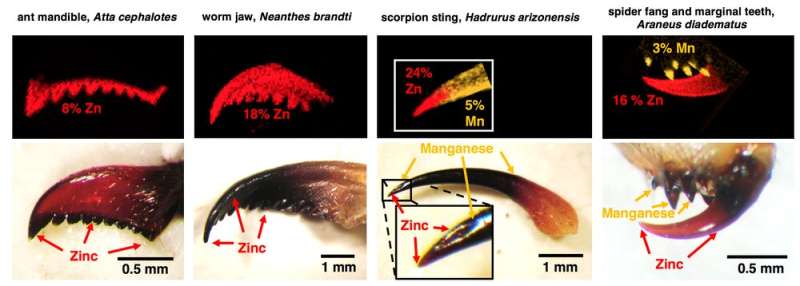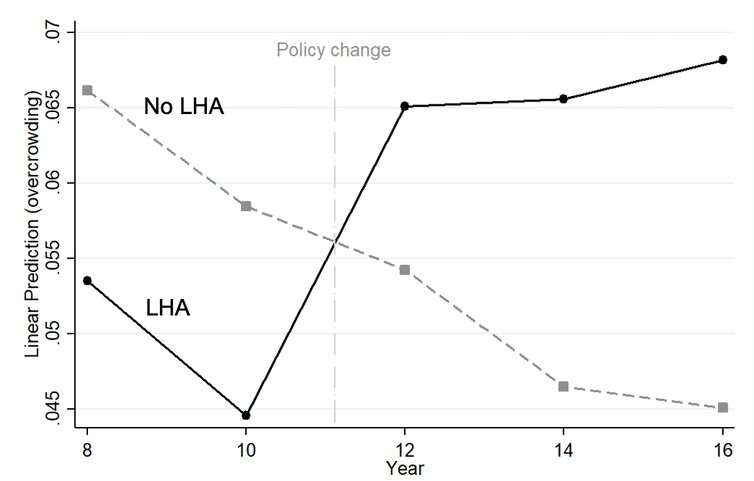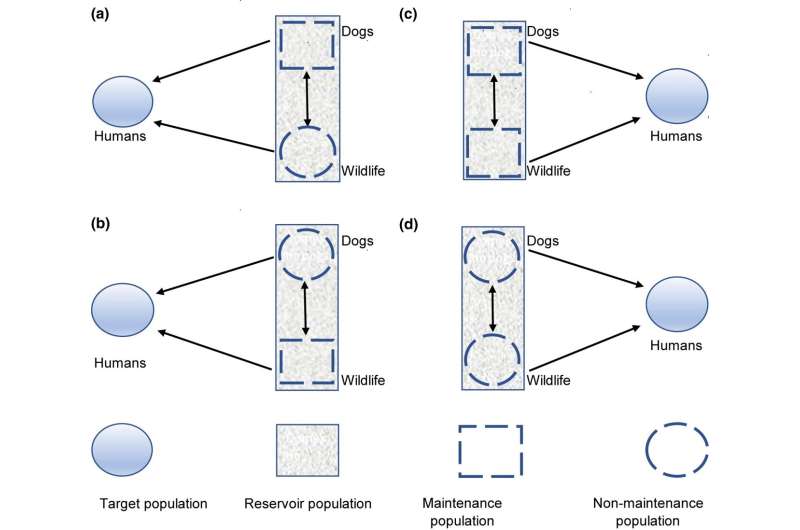Using DNA to search for the true origins of imported honey

Have you ever wondered where the honey you add to your morning tea and drizzle on your desserts or oatmeal comes from (besides bees)? The easy answer would be to check the label, which typically offers the country of origin along with all those wonderful nutritional benefits. Unfortunately, as the Department of Homeland Security's Science and Technology Directorate (S&T) knows all too well, sometimes labels can be misleading, especially when it comes to honey imported into the U.S.
Honey imports have nearly doubled in the last decade—from 251 million pounds in 2010 to 416 million pounds in 2019—which is great news for consumers who now have more access to some of the sweetest stuff on earth. However, this tremendous growth in demand also has a dark side that many might not know about—adulteration and mislabeling of honey to hide its true origin have become a global issue.
What does this mean for shoppers and our economy? Well, illicit importers, who are economically motivated to evade tariffs or sanctions, have made it a practice to affix fake labels onto jars, indicating the honey is from a different country of origin or disguising cheaper honey as sought-after expensive types. Some illicit actors even dilute honey with ingredients like syrups and sugar. New Zealand manuka honey, for example, commands a high price on the market, up to 100 times higher than other honey types, as it is very in-demand for its putative health benefits. It is also one of the most adulterated types of honey. In a recent lawsuit, U.S. beekeepers claimed adulterated honey from Asia caused prices to plummet and forced them into financial ruin.
"Adulterated honey is a tremendous problem for the U.S. honey industry, because it drives the market price down, and U.S. producers can't compete with the lower market value of imported honey," said Stephen Cassata, a senior science officer and acting lab director of the U.S. Customs and Border Protection (CBP) INTERDICT Science Center. "Dealing with this issue is a whole-of-government approach, and we are currently collaborating with other federal agencies (including the Food and Drug Administration and U.S. Department of Agriculture) on joint operations targeting honey enforcement."
CBP is tasked with enforcing hundreds of U.S. trade laws, including the proper classification of goods under the Harmonized Tariff Schedule of the United States, and assessing applicable tariffs to ensure that importers pay the appropriate duties on entered goods. To help CBP determine the true sources of honey, S&T enlisted the expertise of the Borders, Trade, and Immigration Institute Center of Excellence (BTI), led by the University of Houston, for a project called Honey DNA. S&T invested in cutting-edge forensic science that can improve the speed and efficiency in verifying the country of origin of commercially available honey and its path to the supermarket shelves—specifically, S&T has been looking at how the unique makeups of products coming to the U.S. match how they are represented on the packaging.
"This project developed a means to identify honey countries of origin using the DNA in pollen and DNA dissolved in filtered honey," said BTI executive director Kurt Berens.
Honey is filtered for a variety of reasons, including the attempt to hide its source plant by making plant identification by pollen very challenging.
"BTI's testing method could potentially provide another capability for CBP to determine country or region of origin for Antidumping and Countervailing Duty enforcement," said CBP deputy director Patricia Hawes. "It complements testing capabilities we already employ to determine country of origin of honey."
BTI conducts research to enhance U.S. border security, facilitate legitimate trade and travel, and ensure immigration system integrity, and for several years this S&T Center of Excellence has been working on detecting the source country of honey by identifying the plant species via DNA from pollen. The Honey DNA project started in early 2020.
"The size of the available database of known DNA sequences from particular plants has exploded recently, making it more likely that any DNA sequence we find can be associated with a particular plant species or small group of plants," said BTI Honey DNA principal investigator Dr. Richard Willson, who is also Huffington-Woestemeyer Professor of Chemical and Biomolecular Engineering. "Over the past 15 to 20 years, the cost of DNA sequencing has collapsed by 10,000-fold, making DNA-sequencing-based technologies much more attractive for a wide variety of applications."
Through the Honey DNA project, BTI was able to leverage these technologies to establish techniques that will help mitigate fraud and provide authentic and safe food for consumers. BTI scientists developed methods for sequencing DNA not only from whole pollen grains in unfiltered honey but also from the small amounts of DNA leaked from broken pollen grains in filtered honey.
To study the true origin of honey, BTI scientists collected samples from a variety of places, including directly from apiaries in multiple countries, from small specialty providers and farmers' markets, from friends traveling overseas, and even from online specialty stores during the pandemic when travel wasn't possible.
"We analyzed 300 honey samples from which we assembled country-specific plant DNA sequences," said Willson. "We also successfully isolated soluble trace DNA from pollen-free, ultra-filtered honey and sequenced it."
To extract DNA from pollen, Willson and his team diluted small samples of honey with water, centrifuged them to help the pollen sink to the bottom of the test tubes, and extracted the DNA. To isolate trace DNA from filtered honey, the BTI scientists again diluted a small sample of pollen-free honey with water, and then extracted and purified the DNA. The extracted DNA was then amplified and sequenced. These findings were recently released in a report.
DNA sequencing is performed to find the sequence in which the building blocks of DNA, the nucleotides, are arranged in a given DNA strand, which can help identify a plant species.
When the BTI scientists tested the expensive New Zealand manuka honey, which is derived from the manuka plant, they found that many jar labels claiming to contain manuka honey were not accurate.
The BTI team believes that the Honey DNA tracing methods could find broad applications in other types of forensic cases, including identifying the species of other natural products, and even tracing the origins of imported goods and narcotics. "Also, the DNA sequences obtained from this project will enrich the public DNA database and help link occurrences of source plants across the world for a more precise identification of honey origin," said Willson.
"This new technology could potentially be one of the tools in CBP's toolbox to intercept illegal imports," said Hawes. "We are constantly looking at new ways to do our mission."






